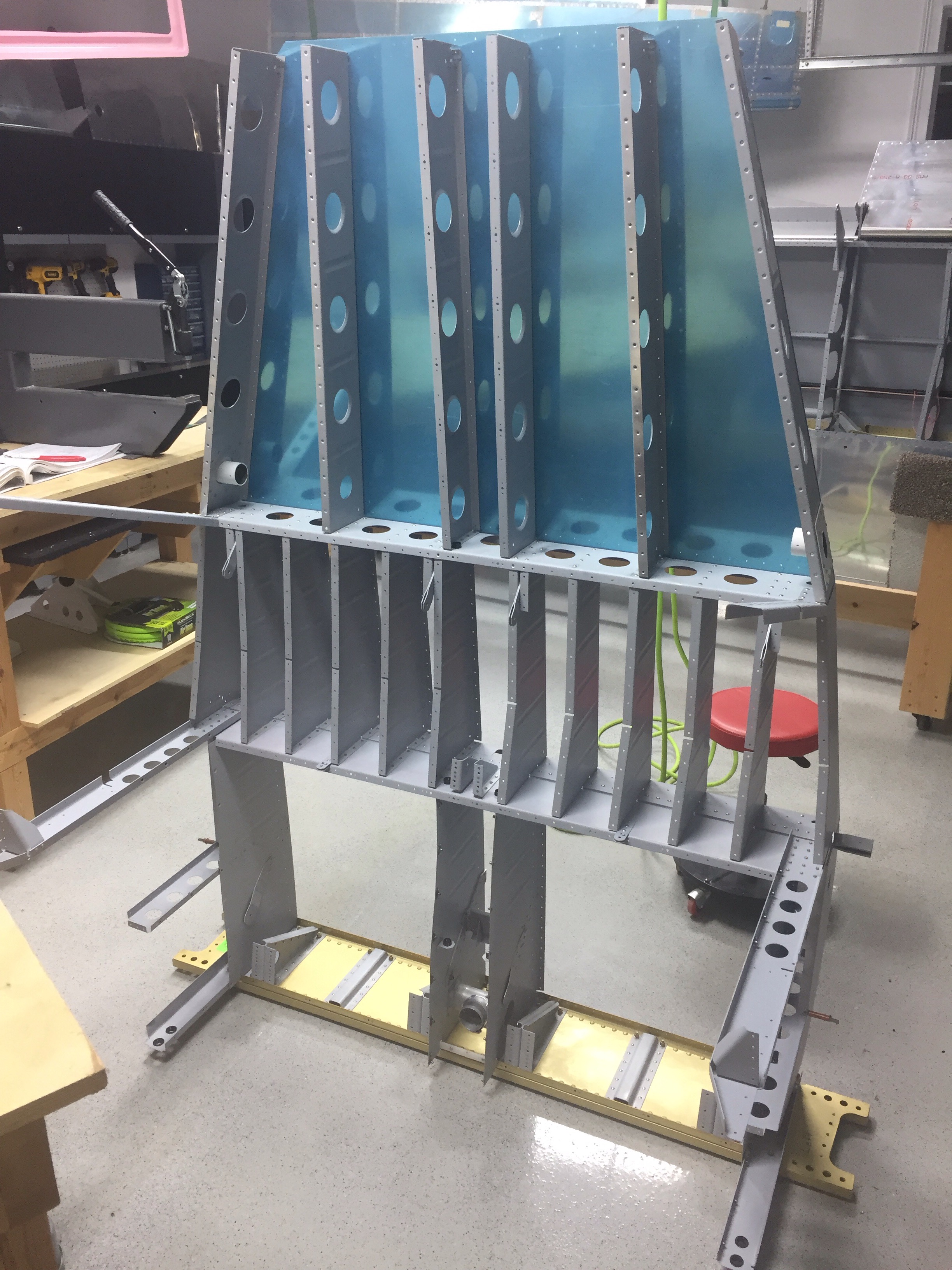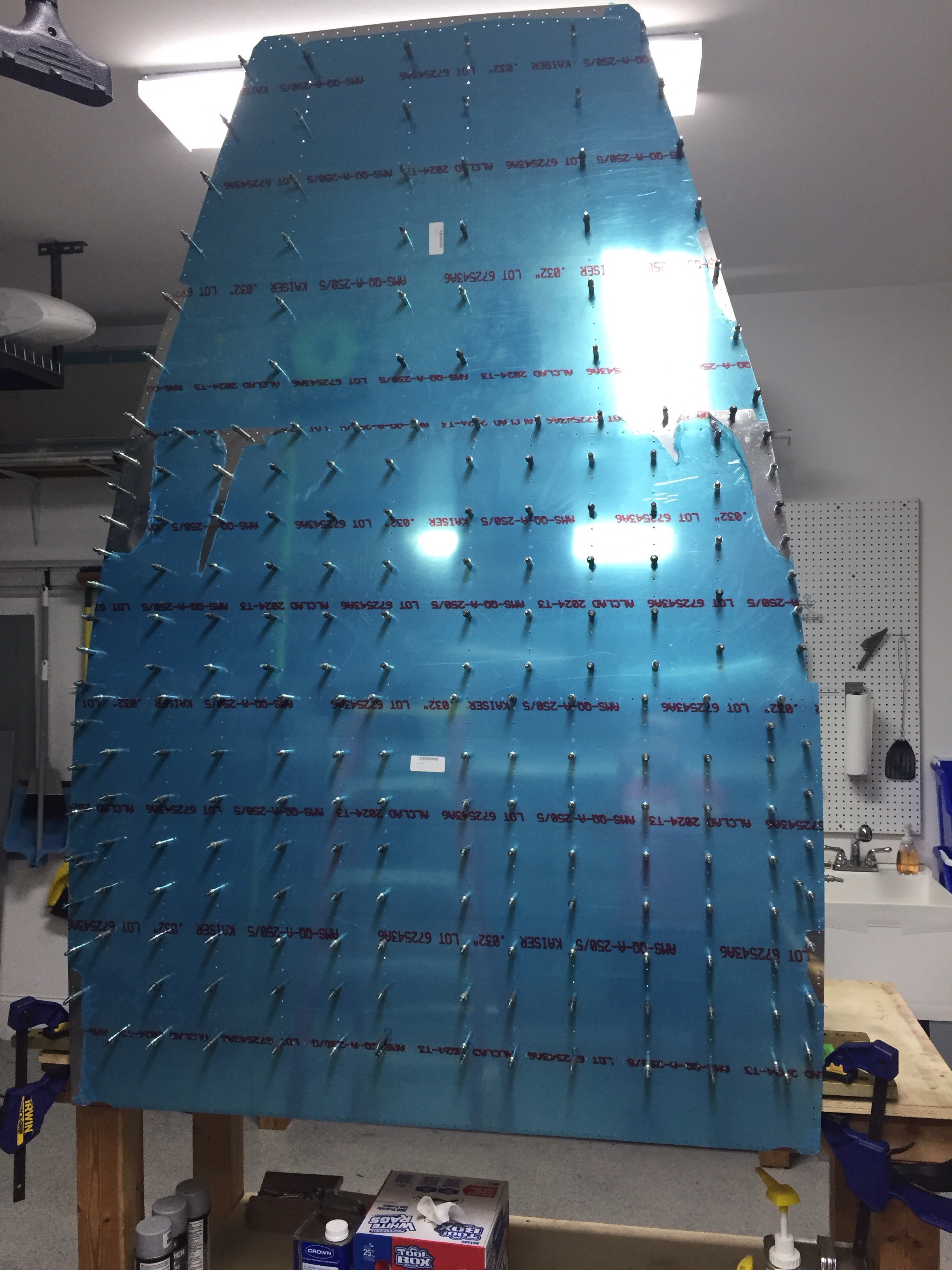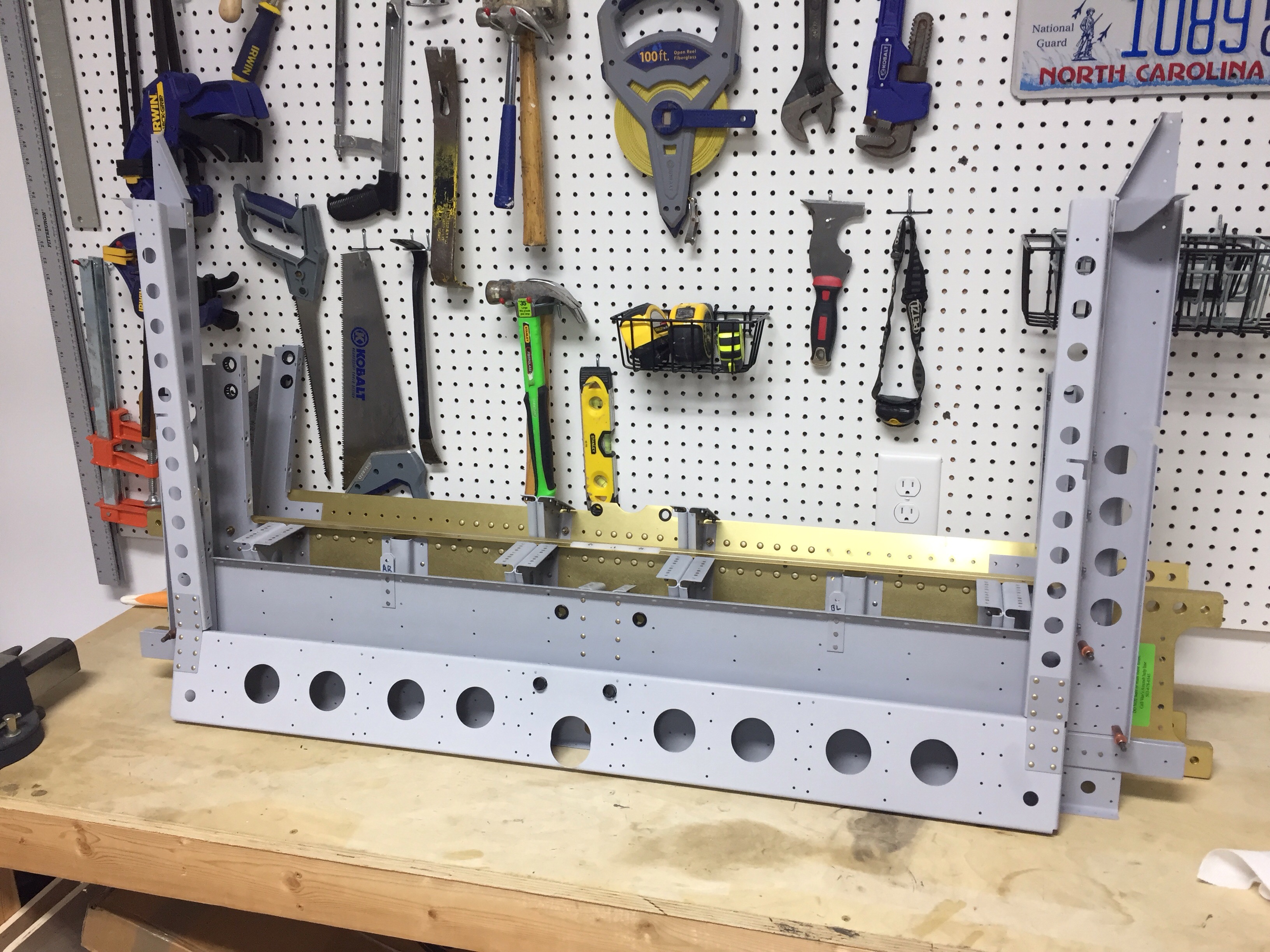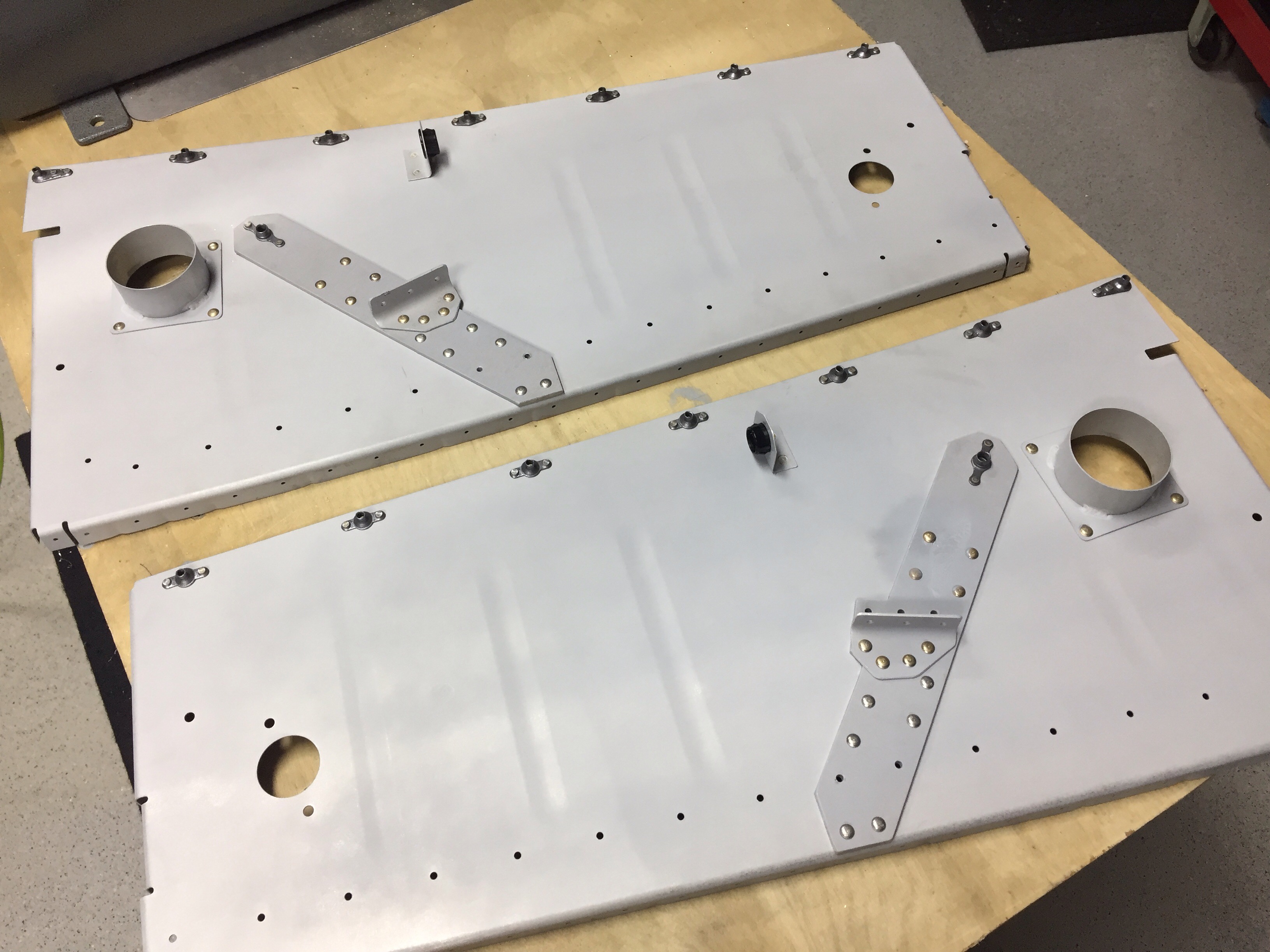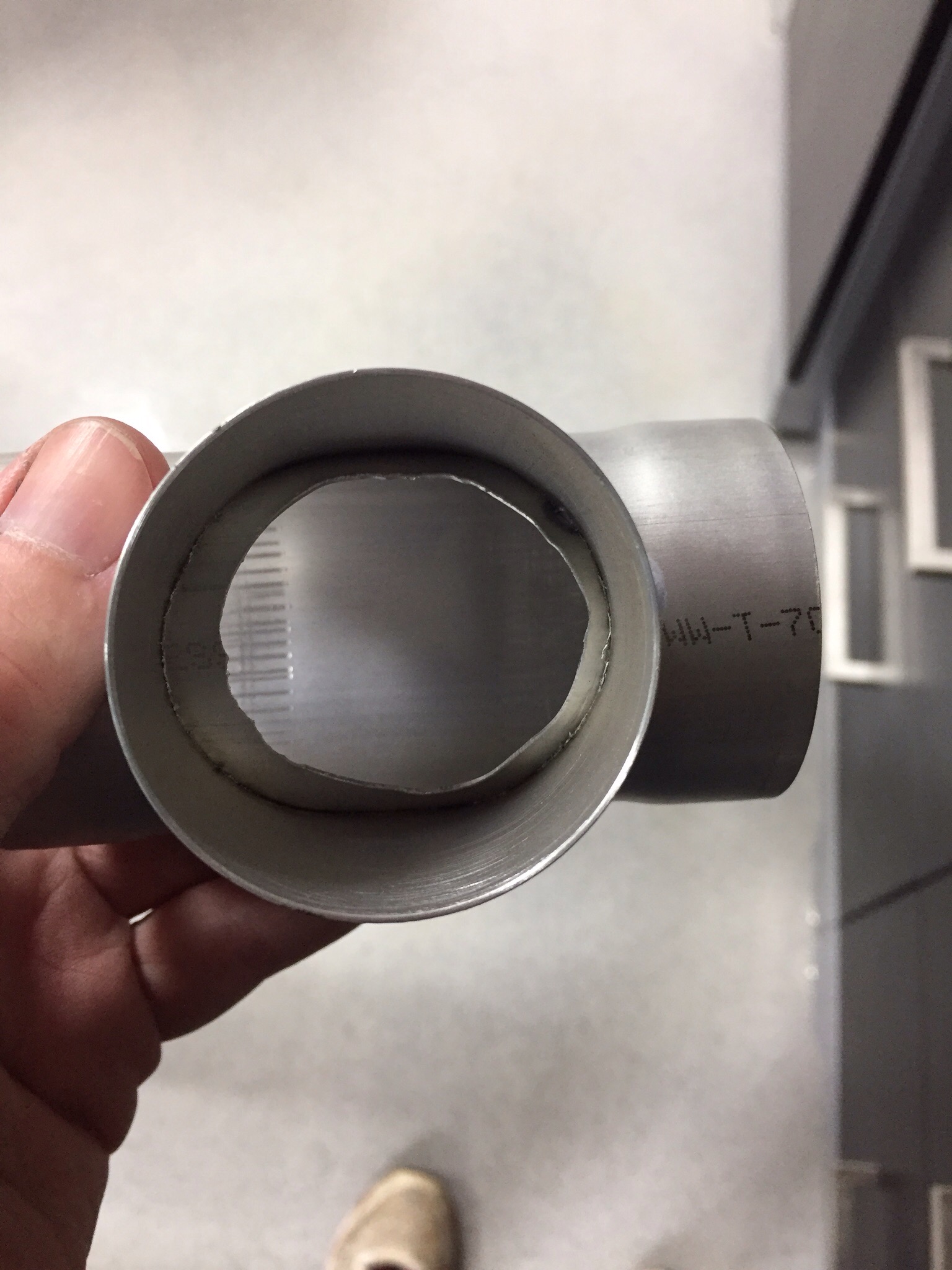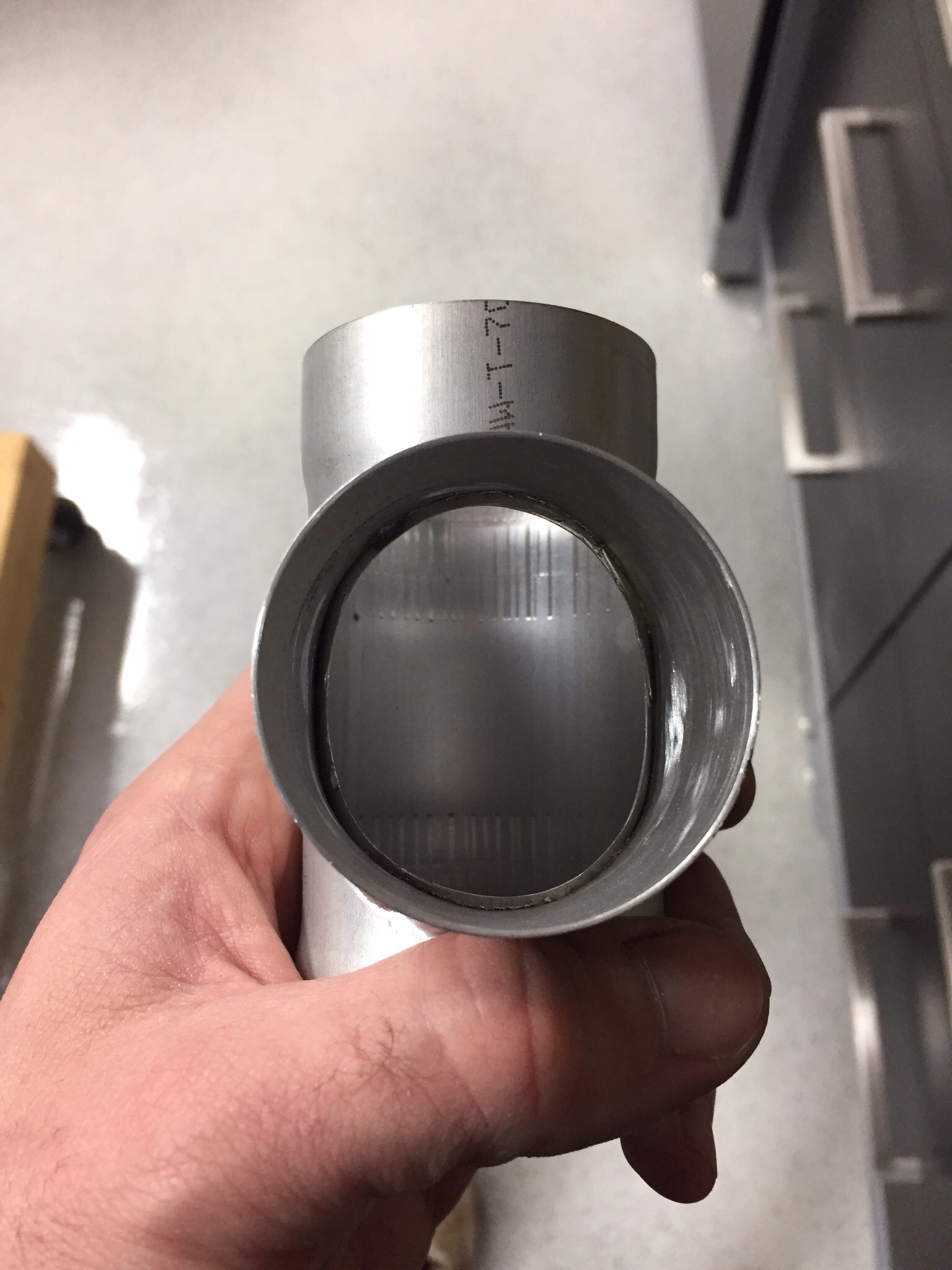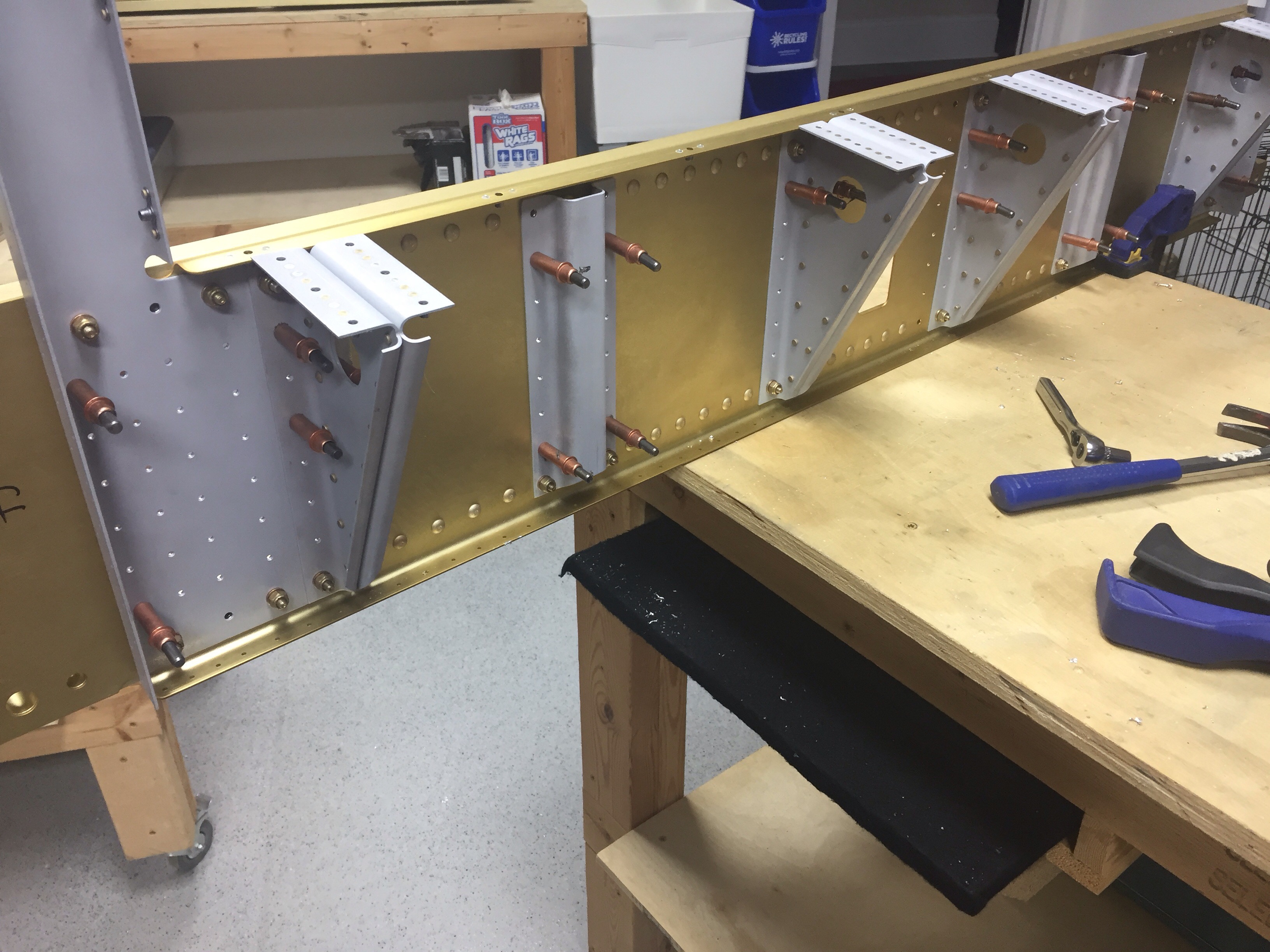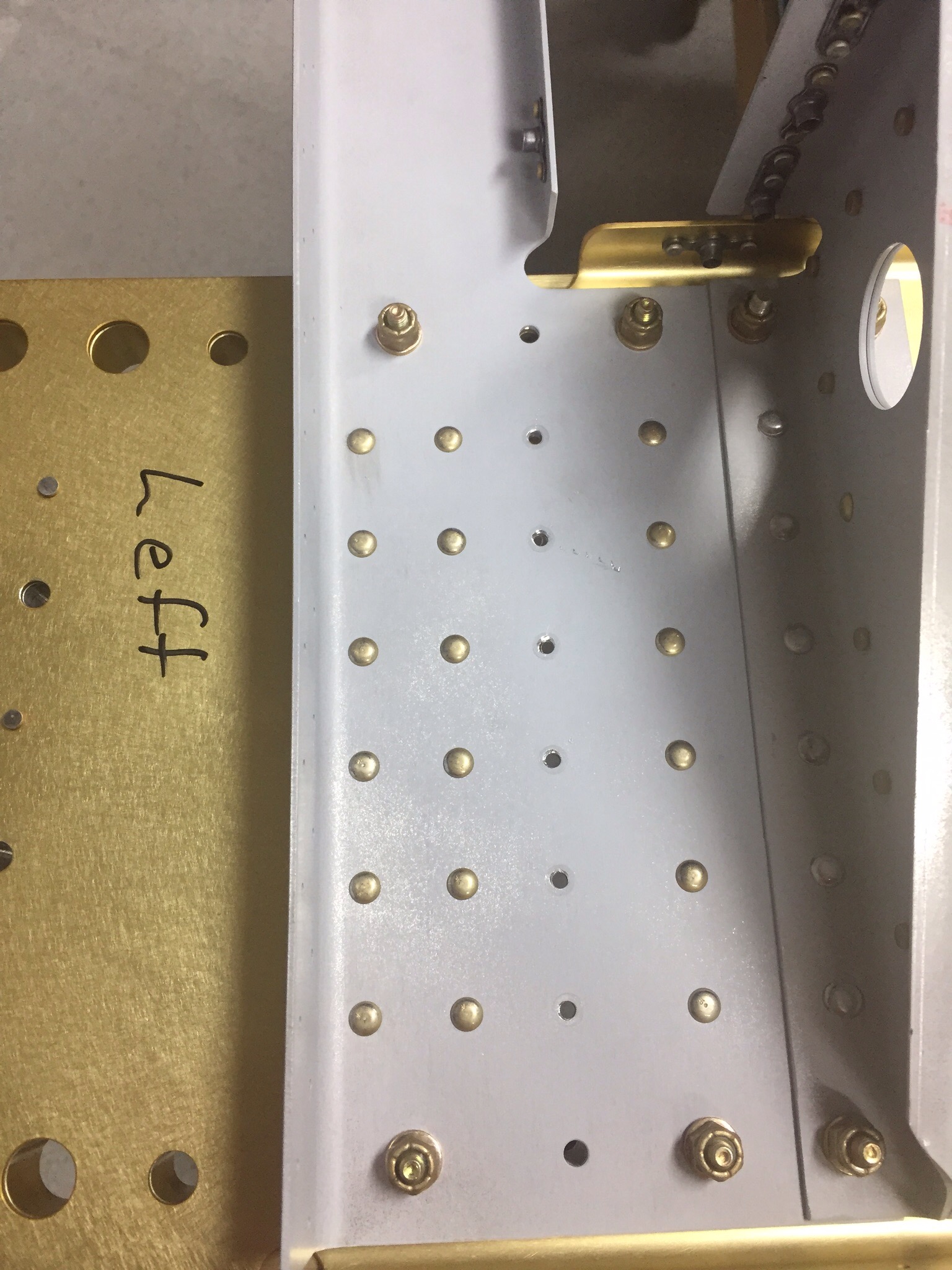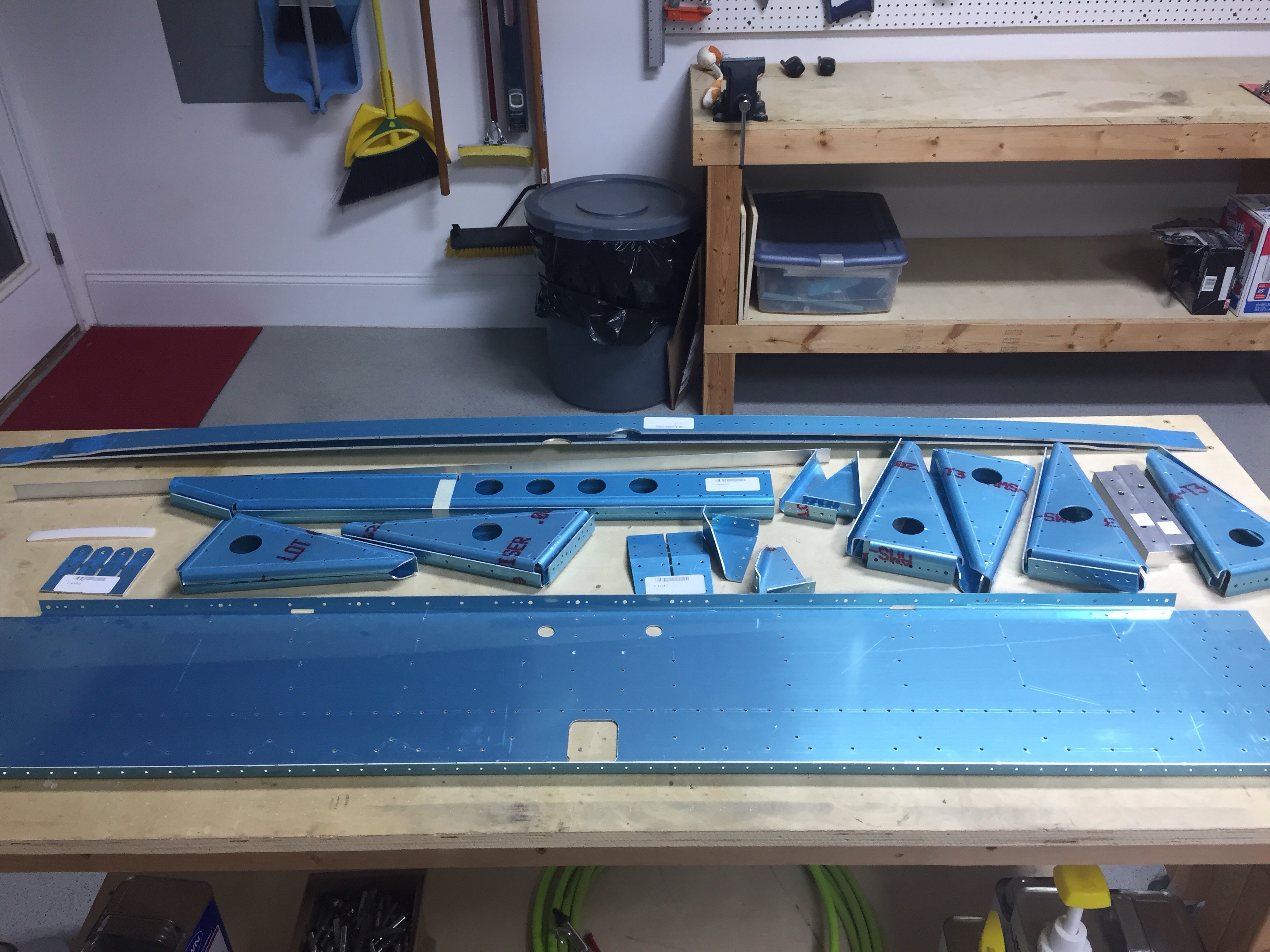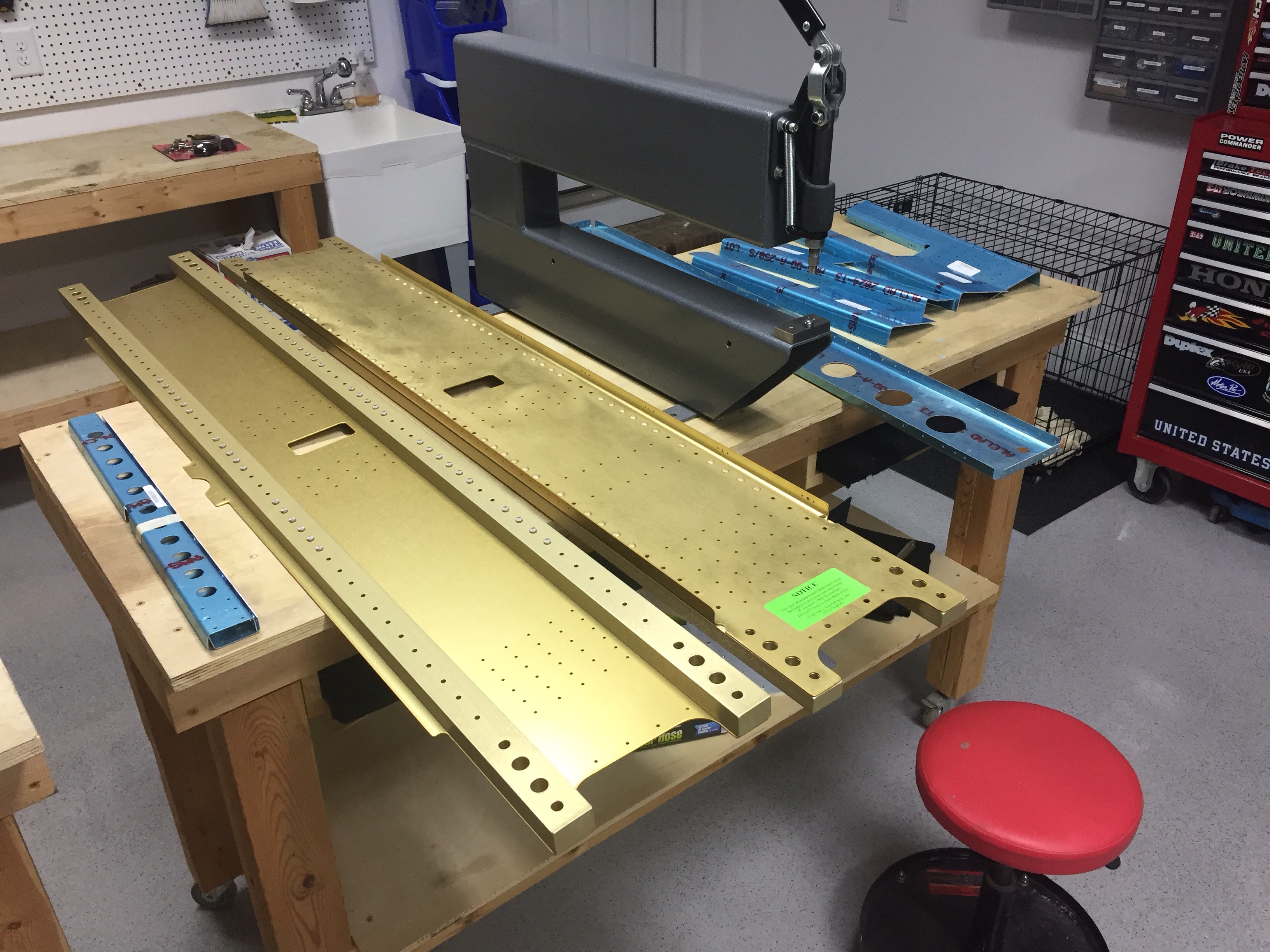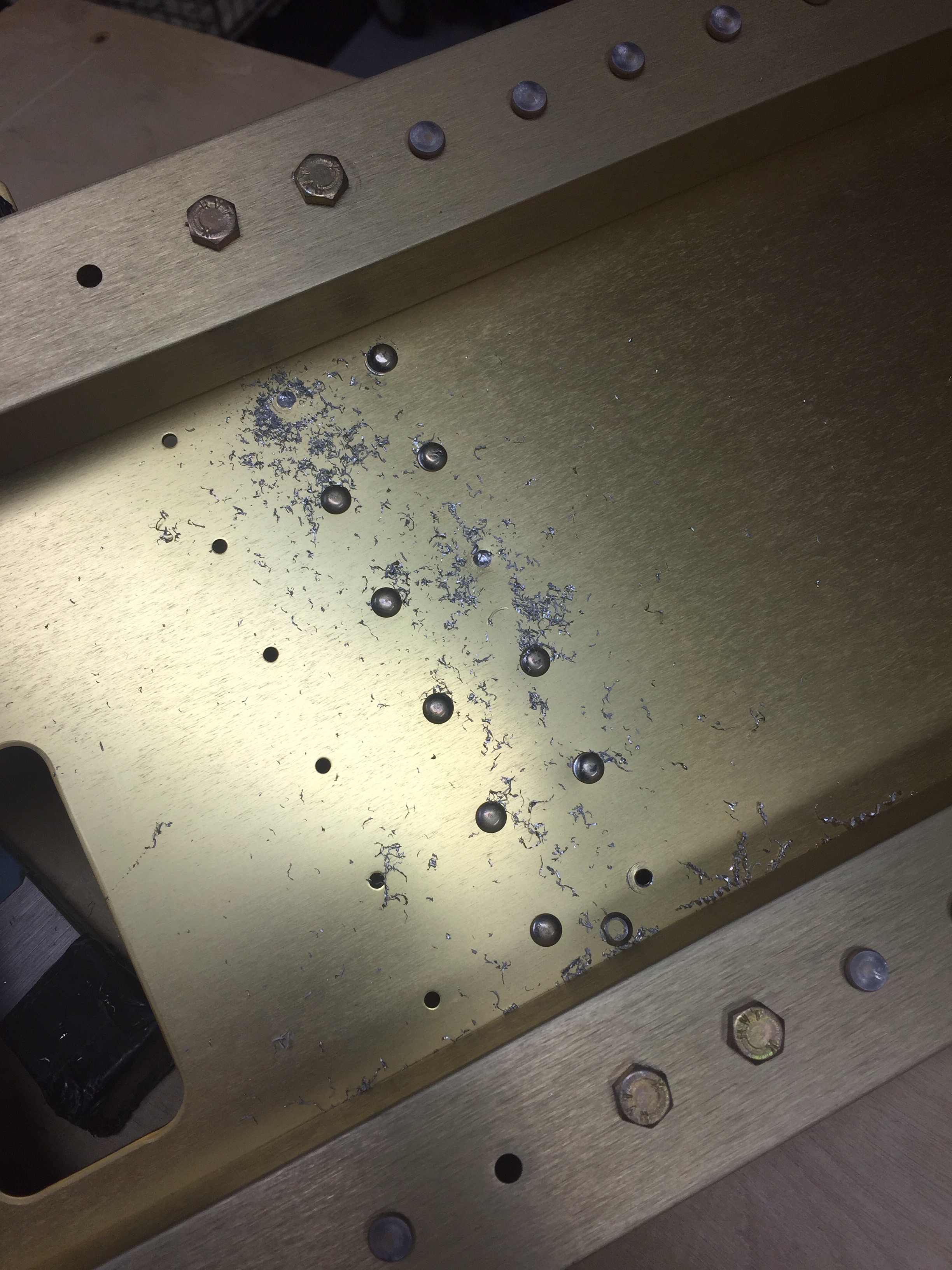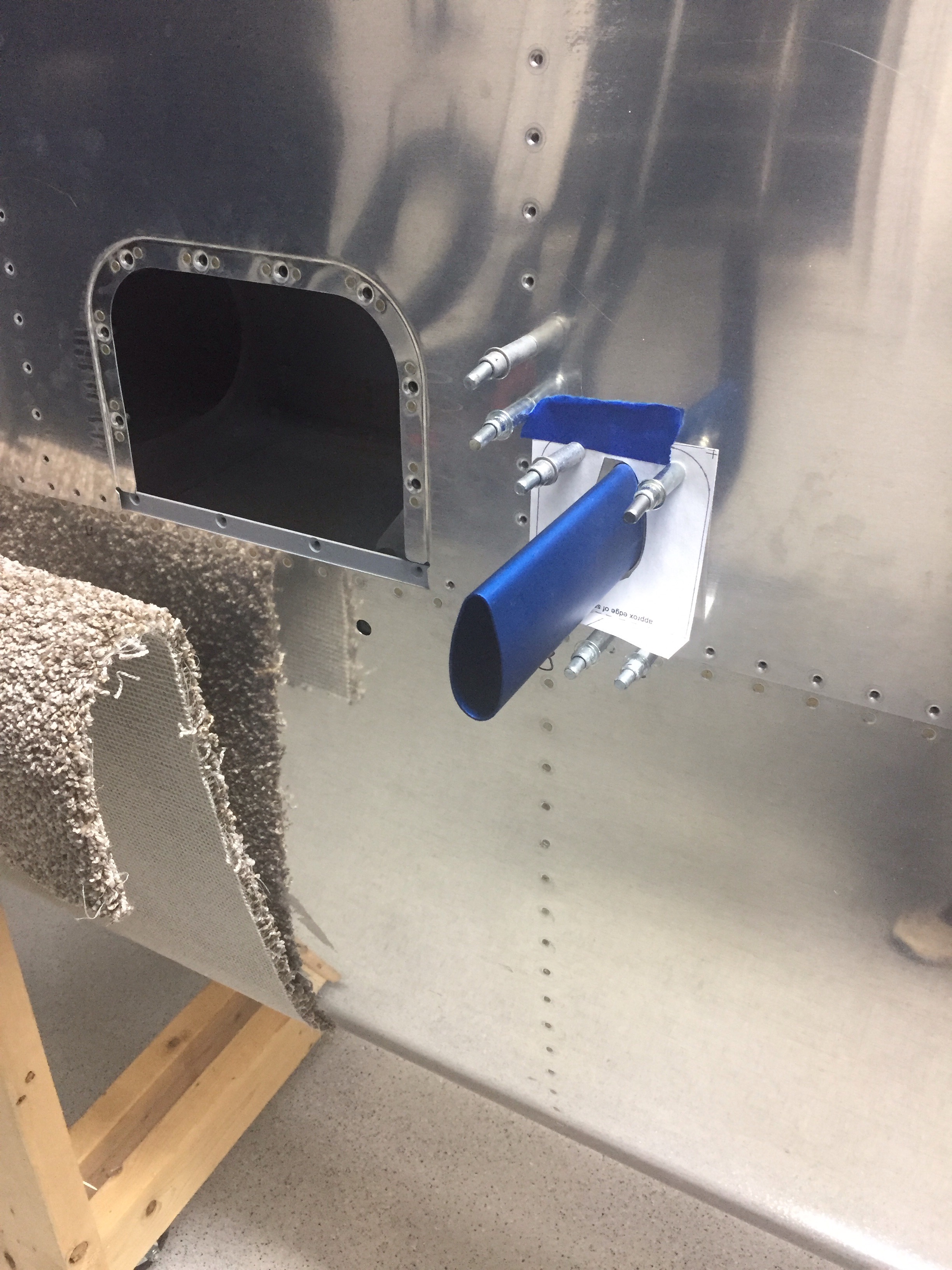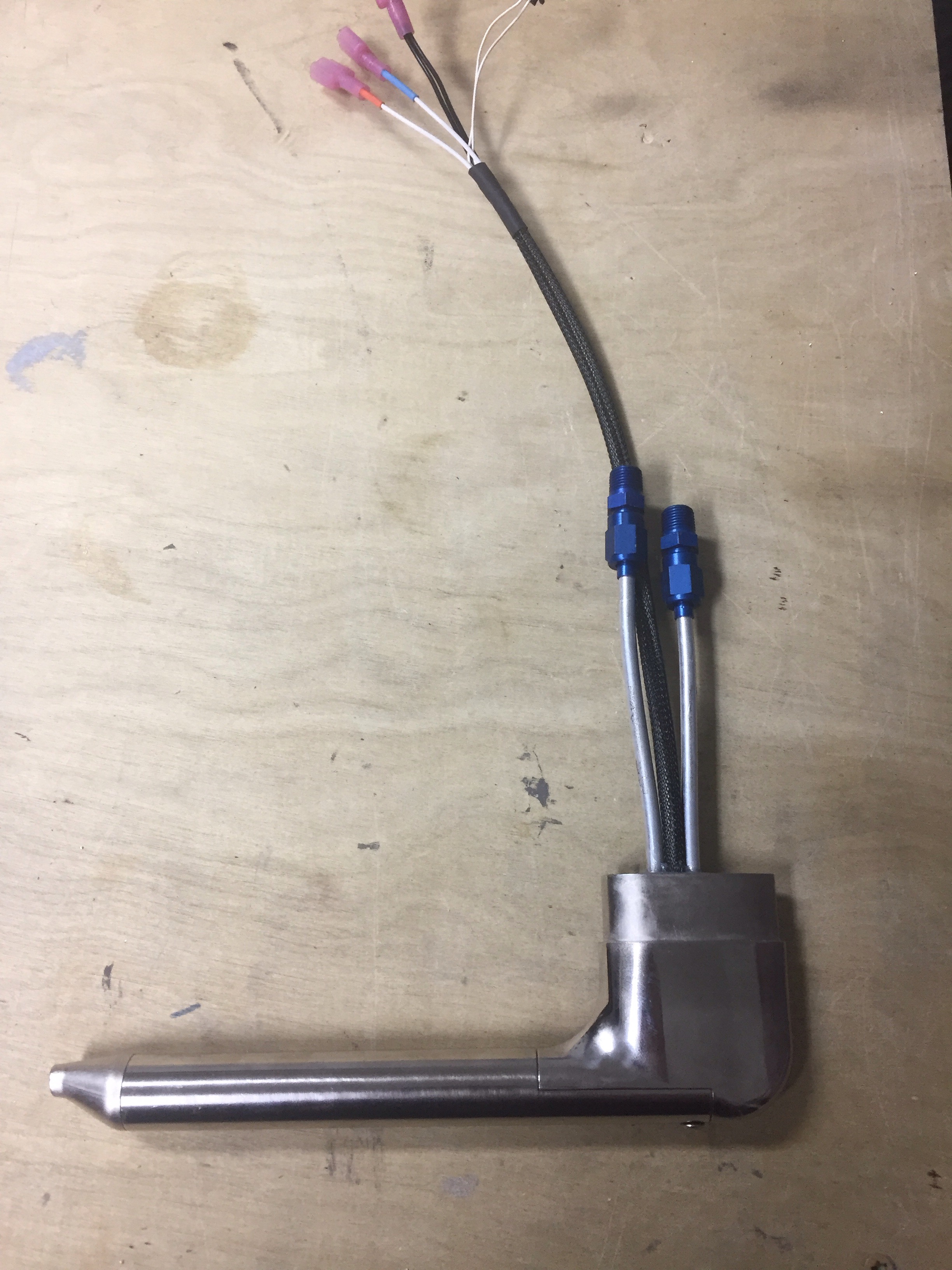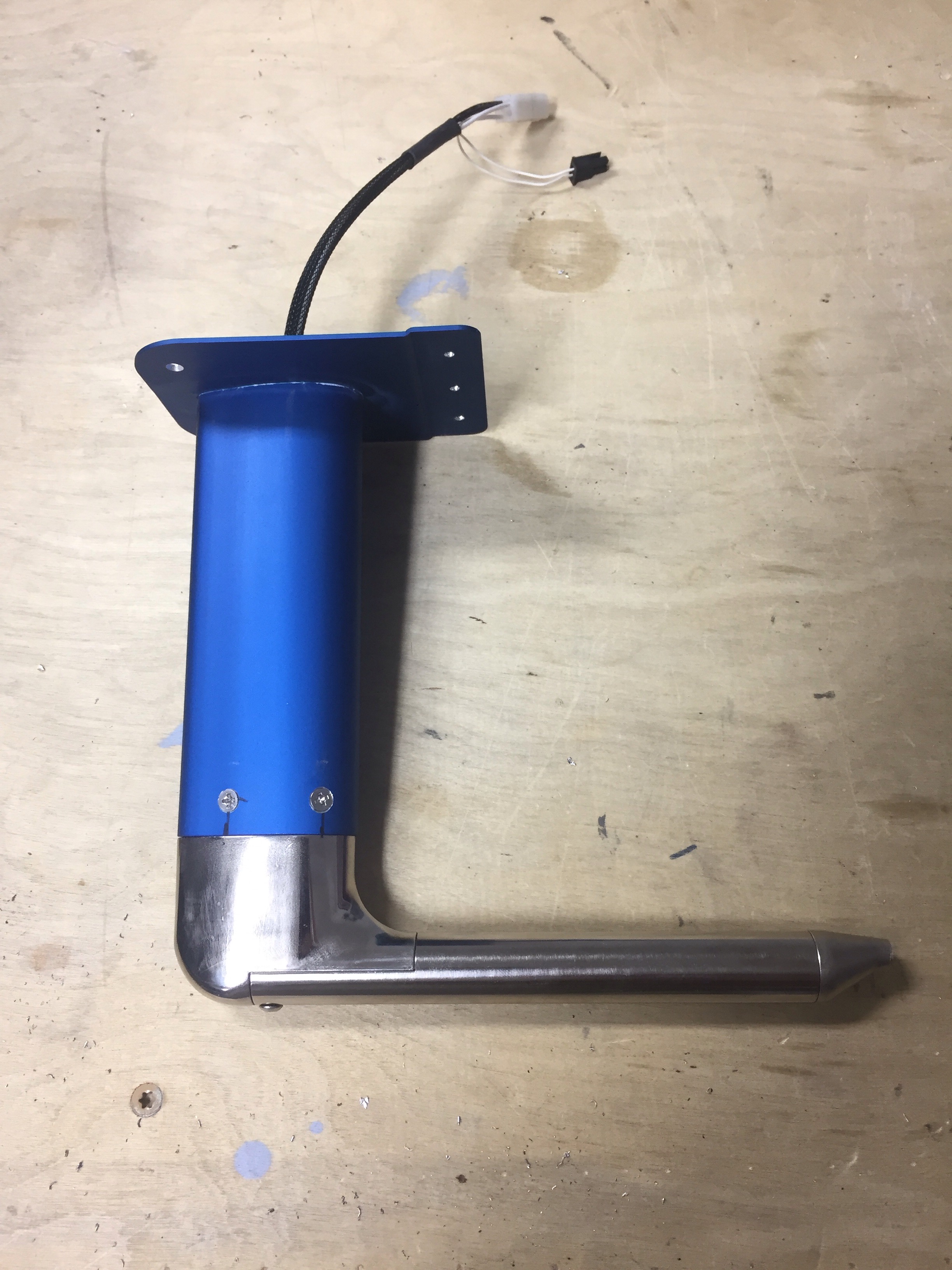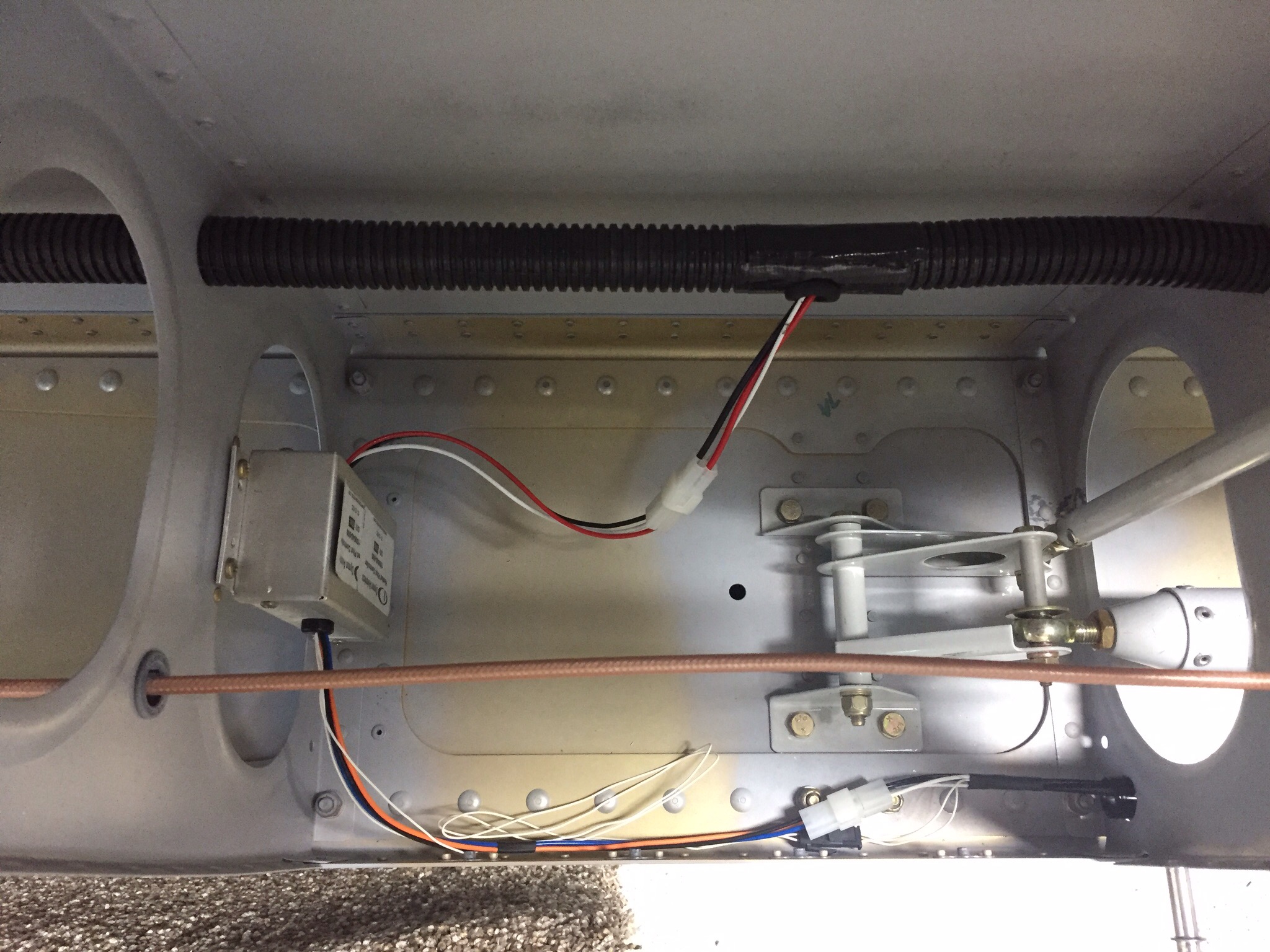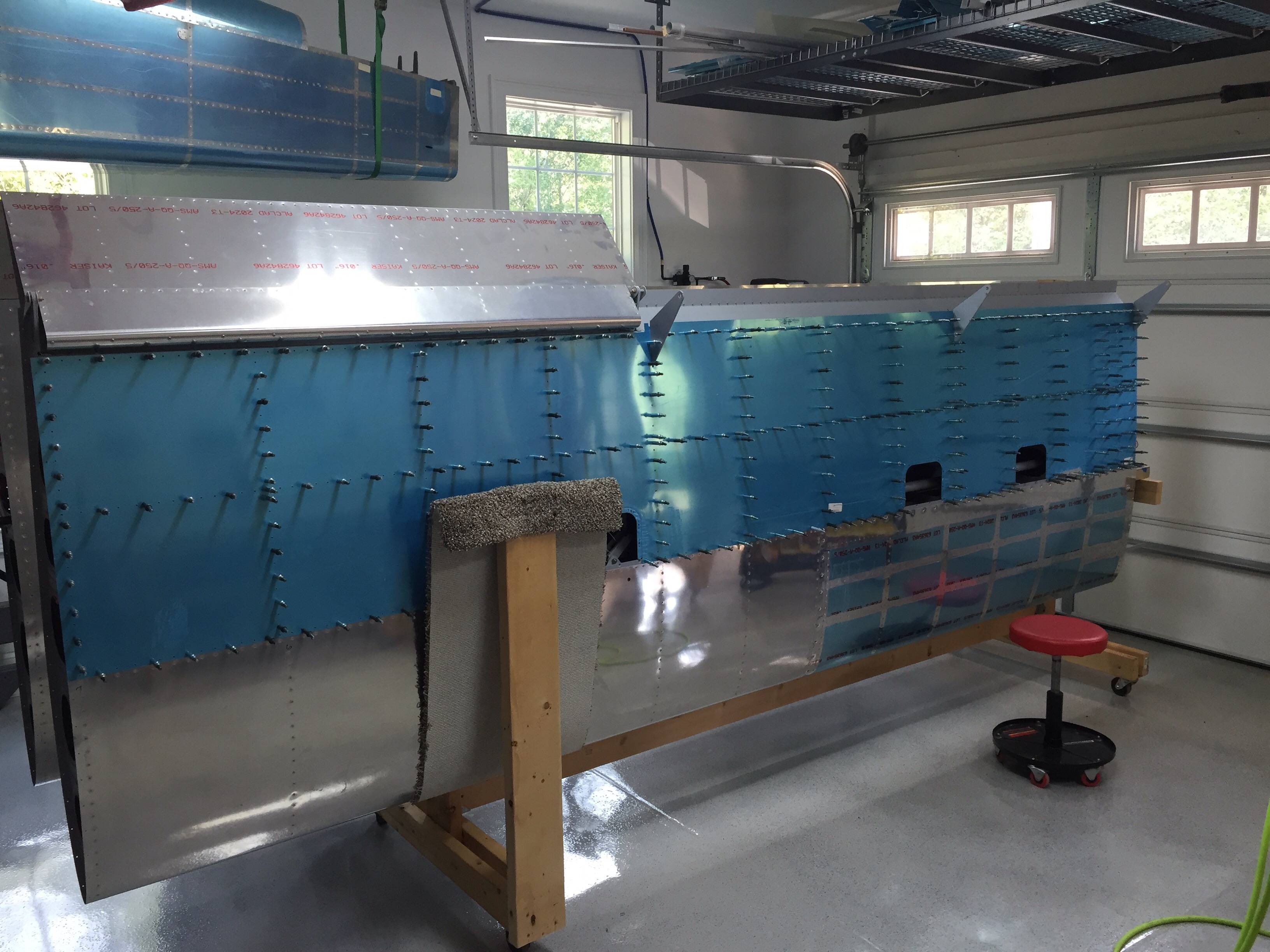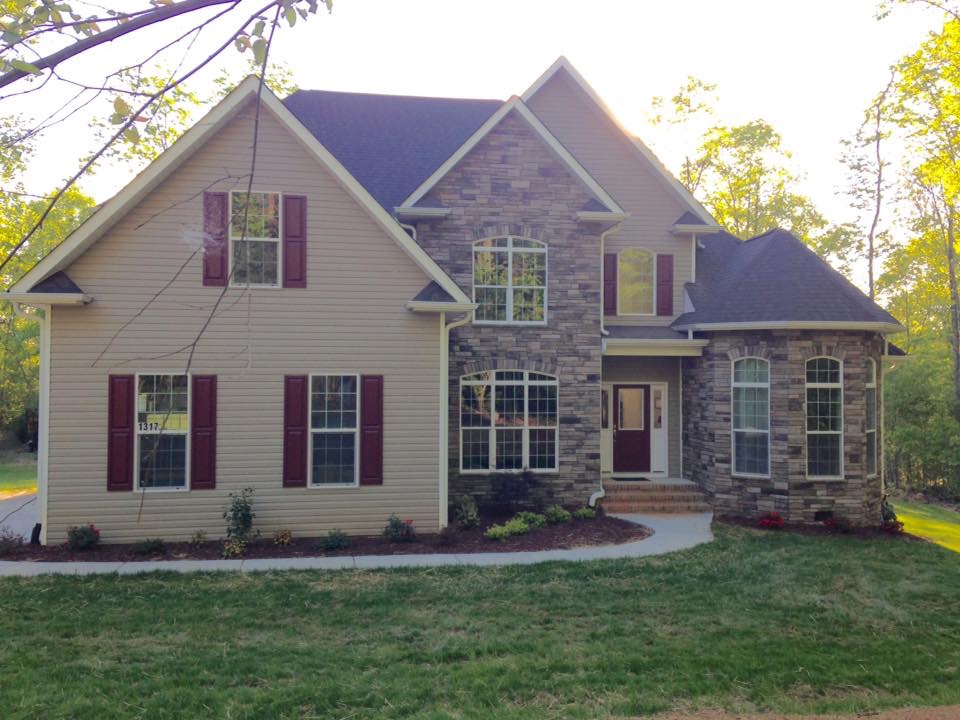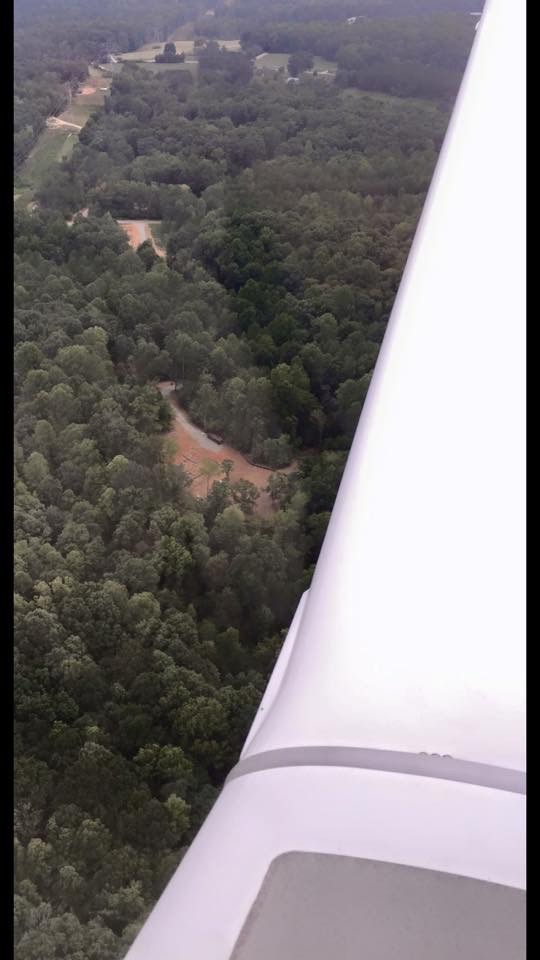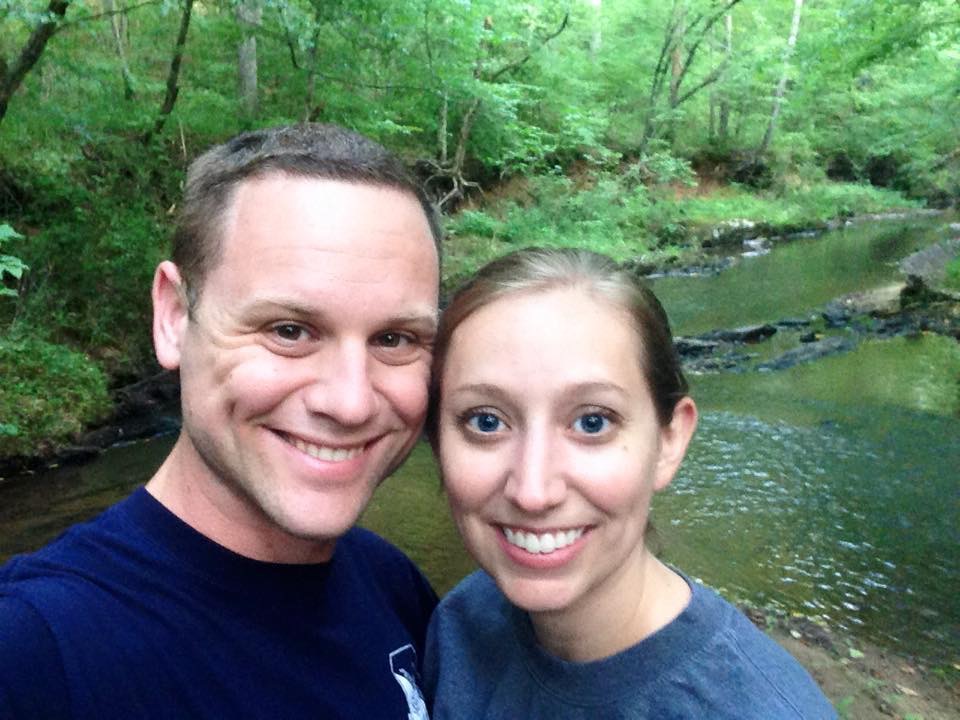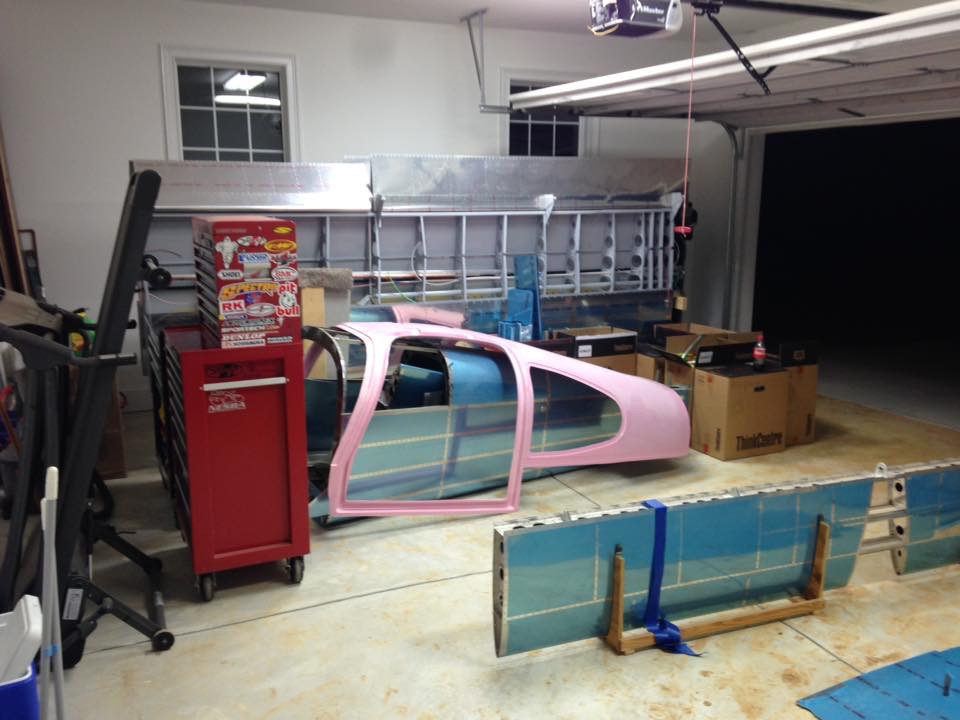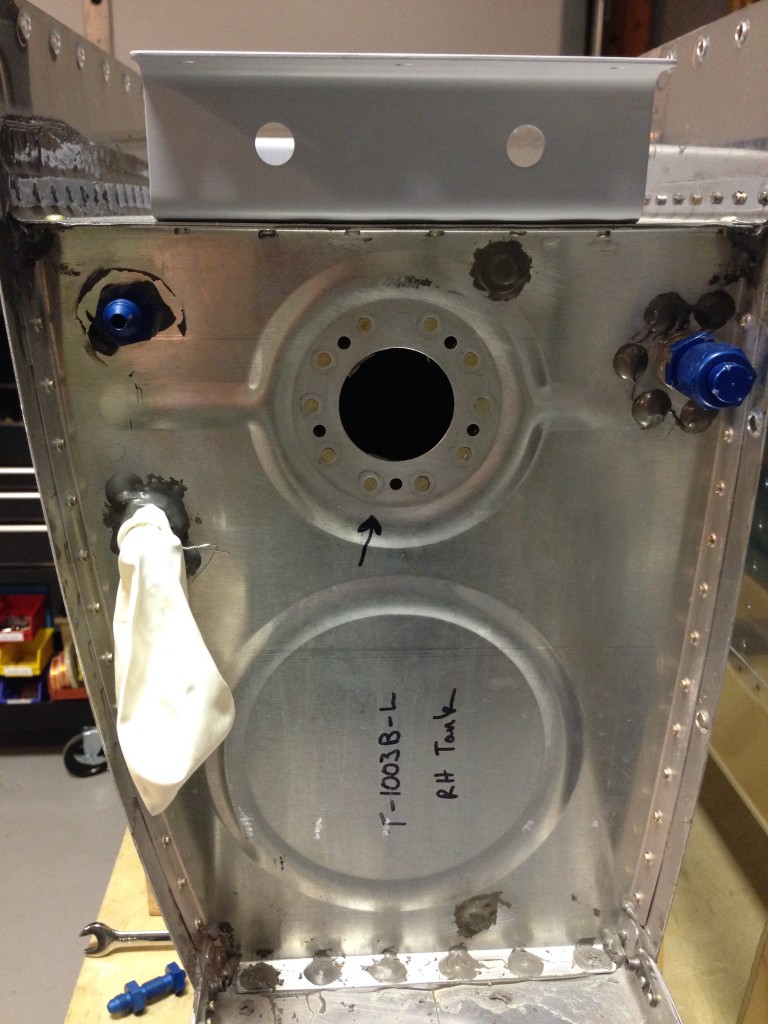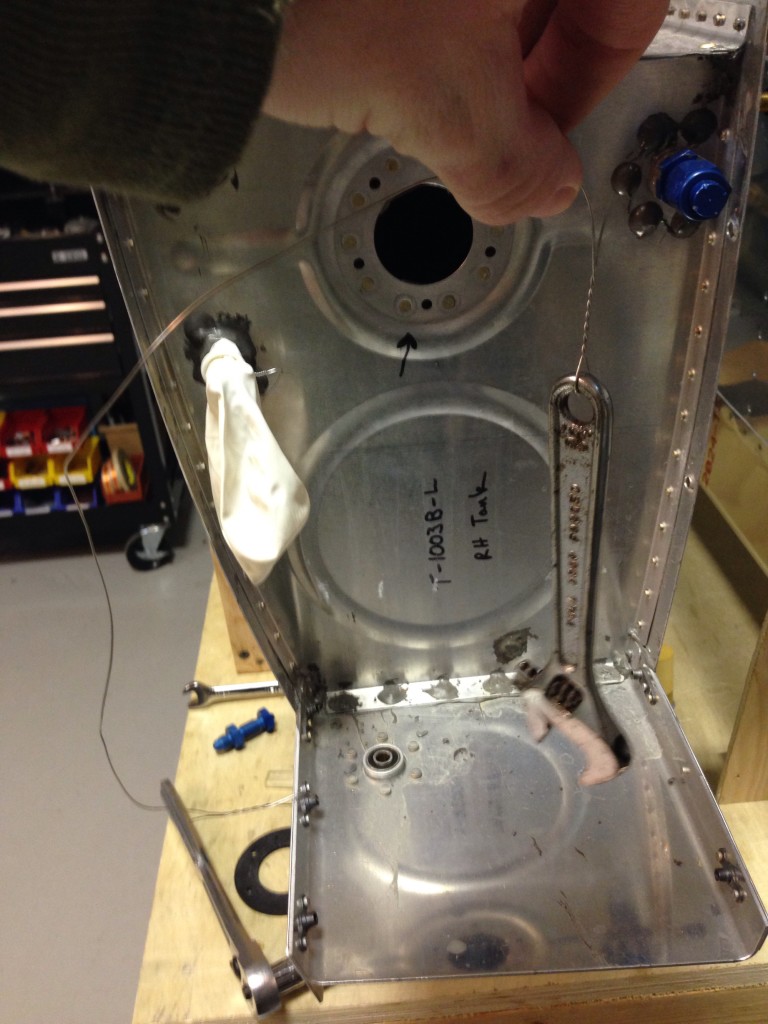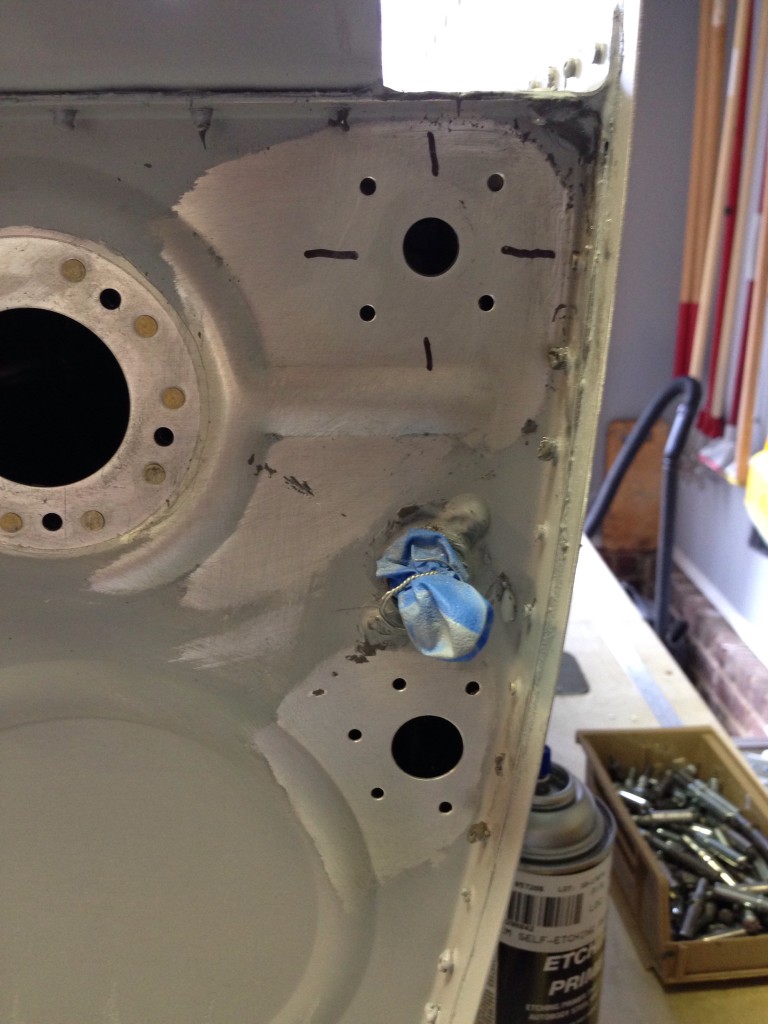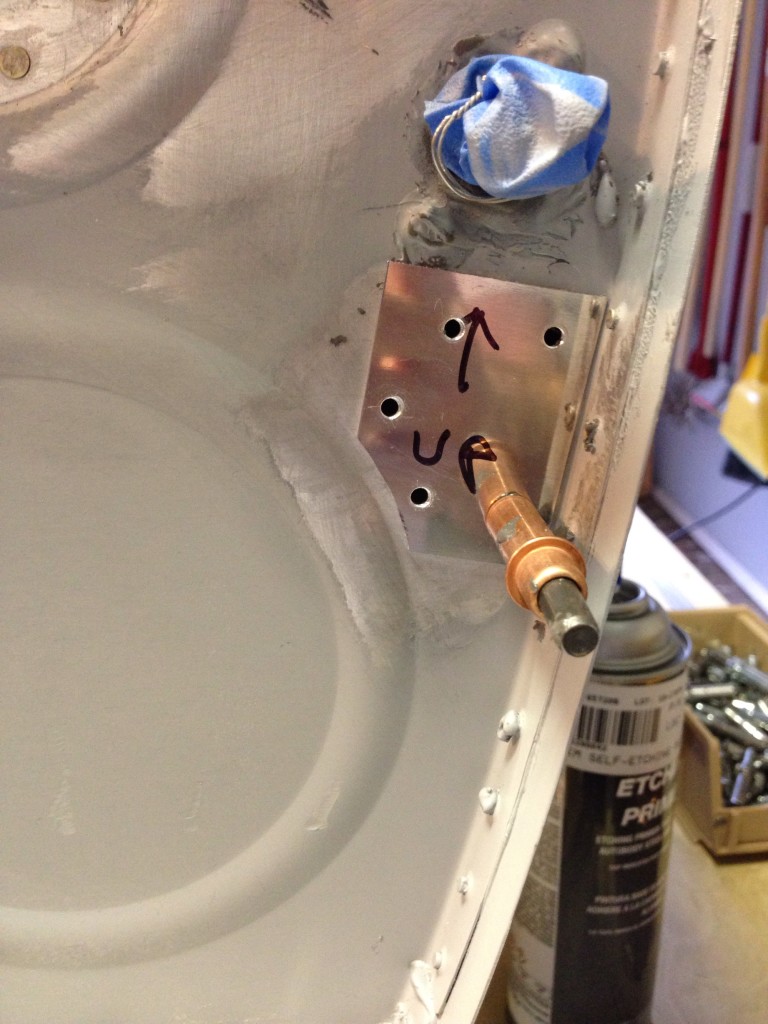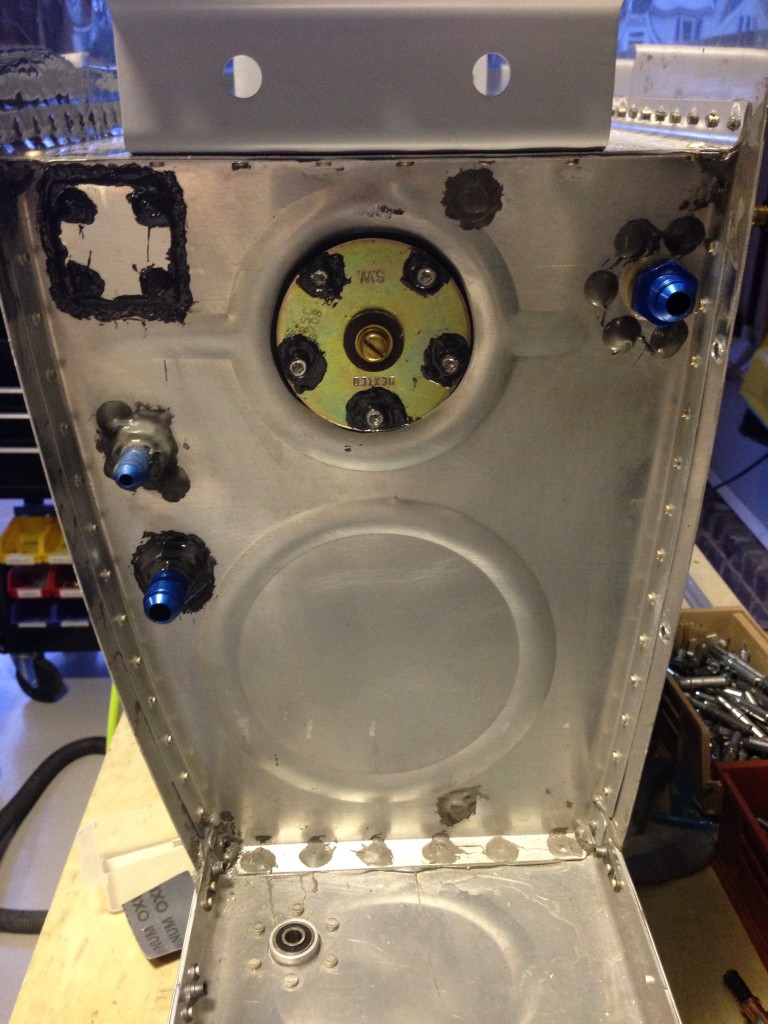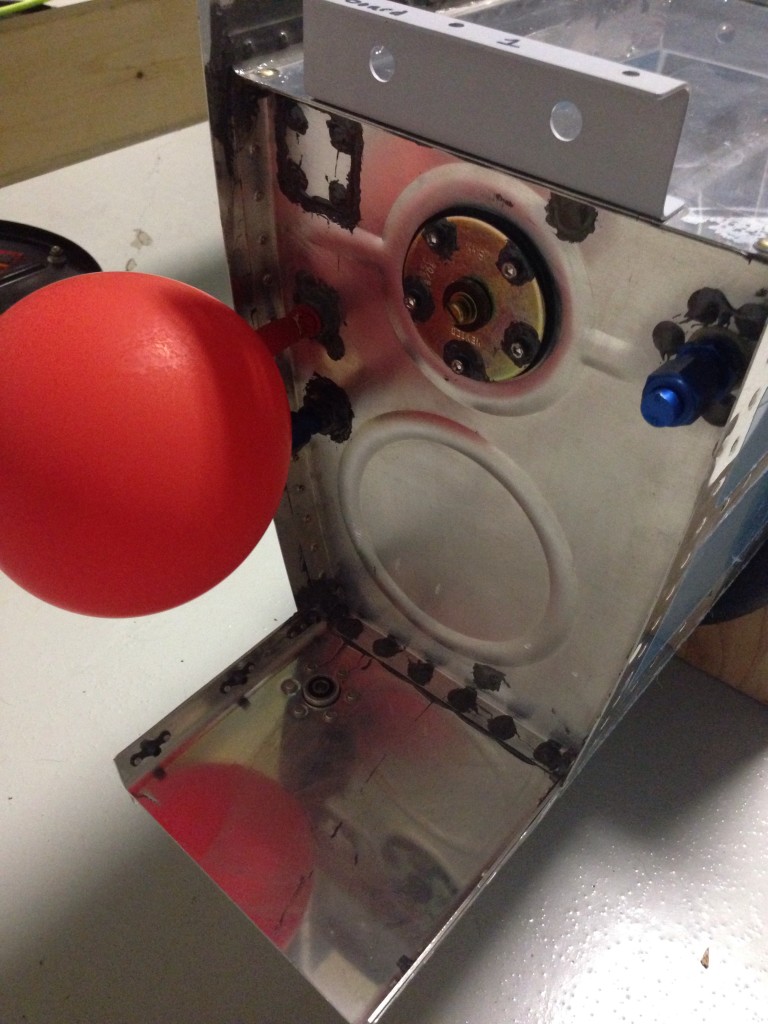I’m always on the lookout for a good deal on anything that I can use for the project. I’ll confess this is the best deal that I have or probably will ever come across. VAF has proven to be a great resource for deals like this. I happened to see an ad for a Whirlwind Aviation propeller. I thought it would be too good to be true, but was surprised when I saw a 375RV prop for sale. Brand new, still in the crate from WW, and listed a good amount below retail. I immediately reached out to Chris, who had it for sale after buying a RV-8 project and needing a two blade prop. He proved to be a great guy to work with and we quickly came to a agreement on price and shipping. I was able to save a significant amount of money that will pay for over half of the interior.
I also spoke with Tanya at WW quite a bit, to make sure warranty will transfer, storage, and a few other questions. She was fantastic to work with and extremely helpful. If the long term support from WW is anywhere near my experience thus far, I’m confident I’ll never have an issue with them. She even set me up with her shipping company and I was able to ship it from CA to NC for a fraction of what it would have cost walking up to FedEx or UPS Freight.
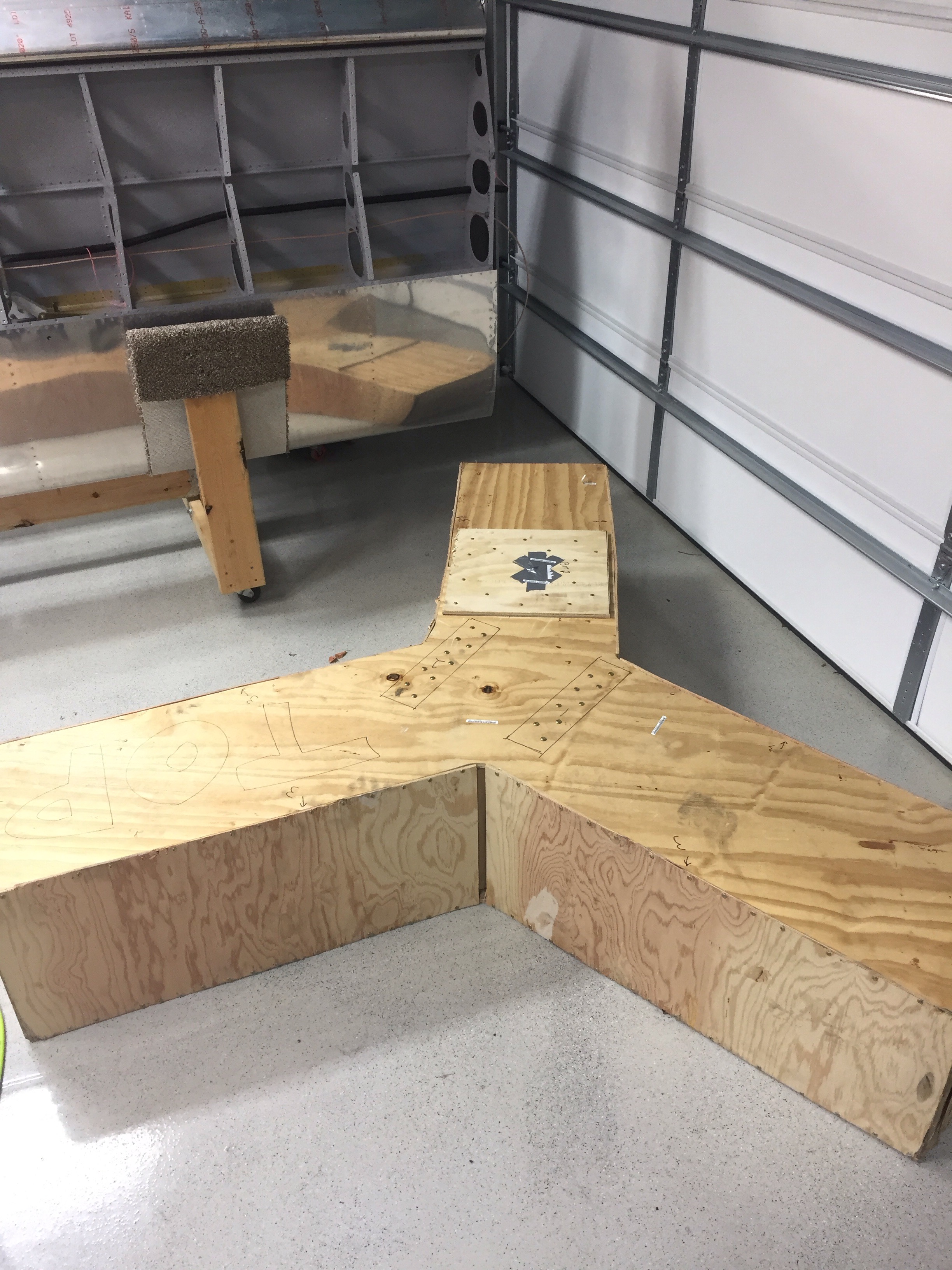
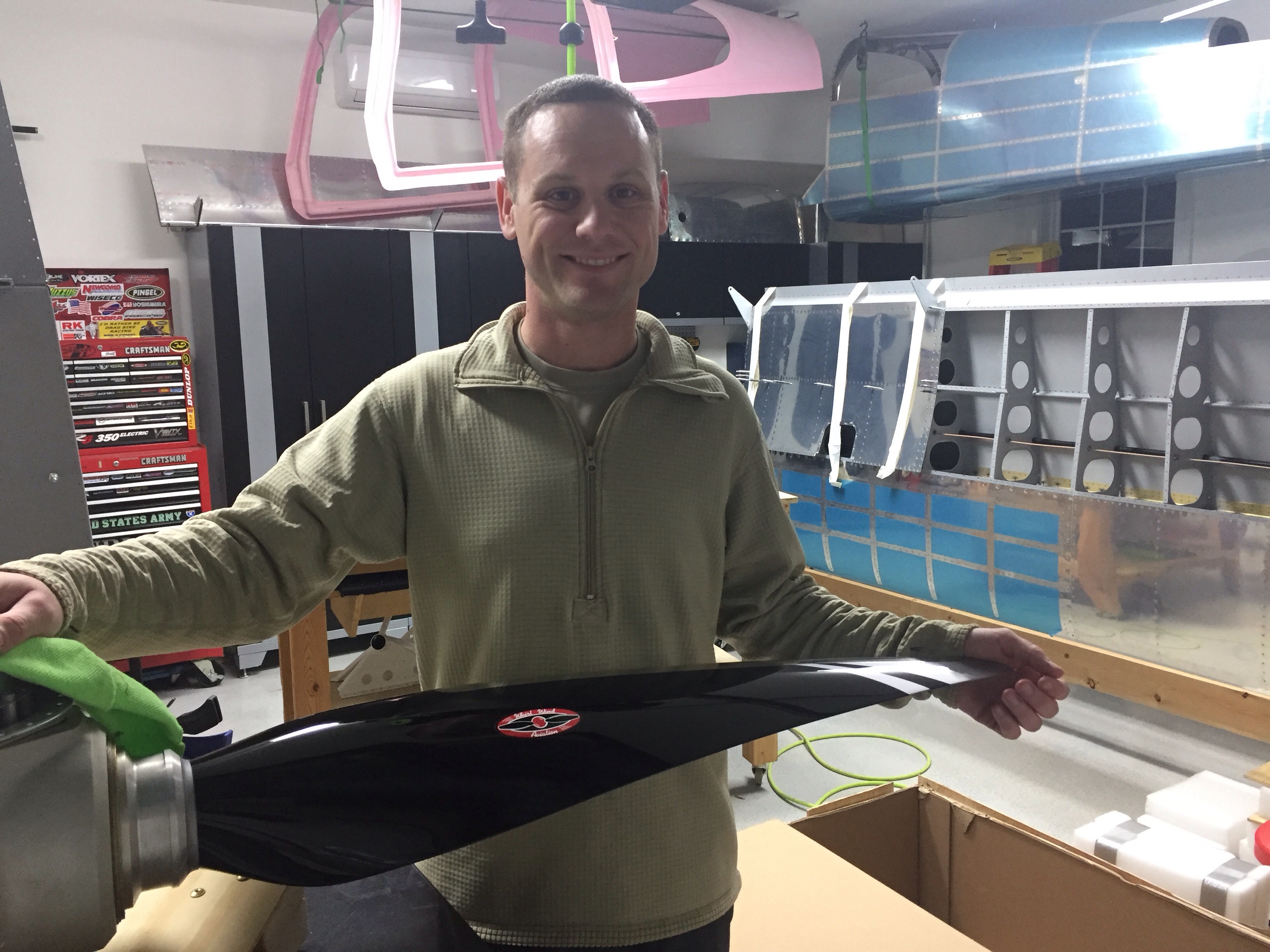
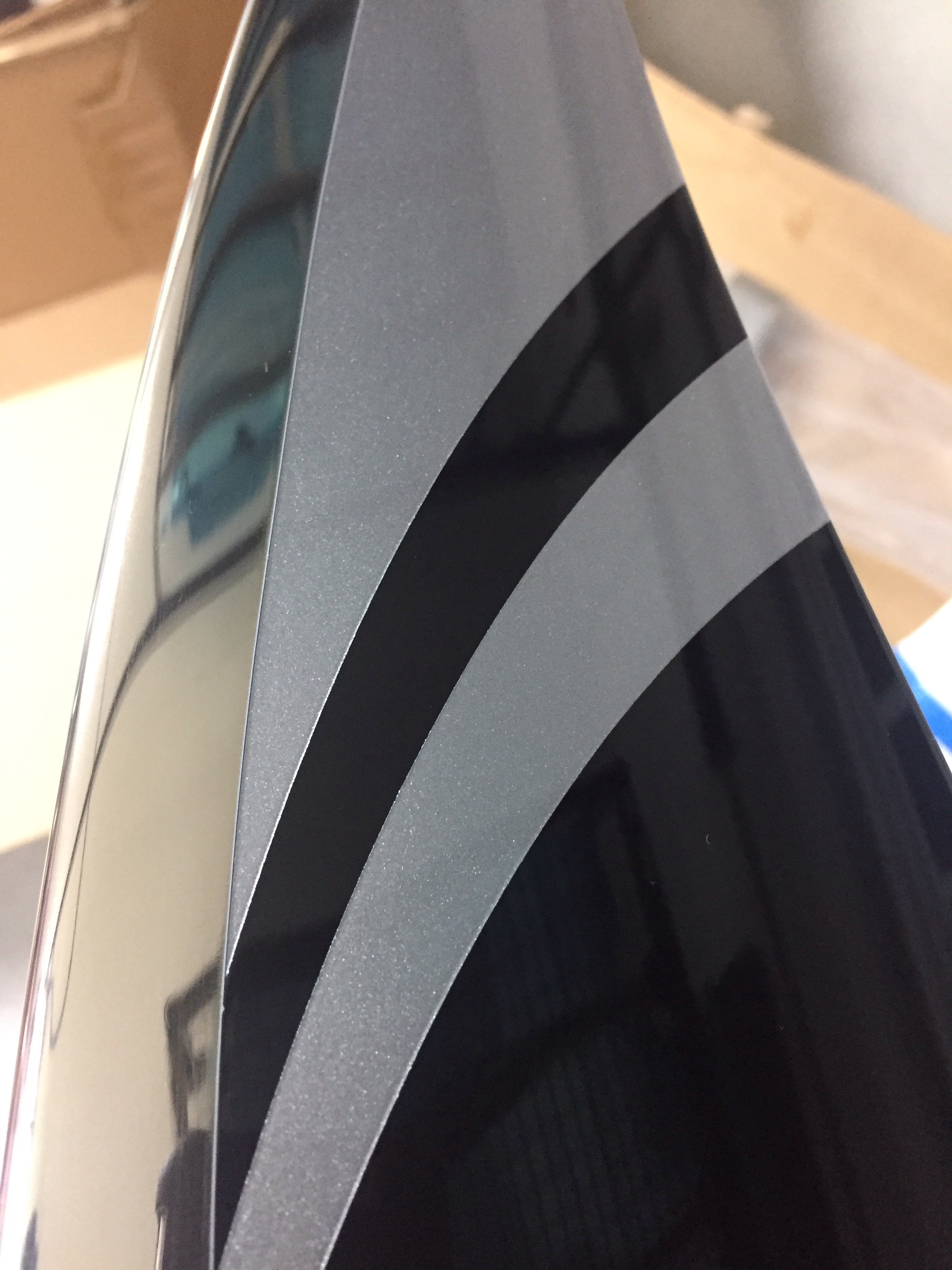
Needless to say, I was excited about opening it up and checking out my new purchase. I also wanted to ensure there was no concealed damage. Fortunately, Chris had reinforced the crate and all was well. It is supposed to be stored vertically, and after finding out my storage plan of the common hangar at Lincolnton wouldn’t be covered under my insurance, I was left no choice but to mount it, temporarily of course, on the garage wall!
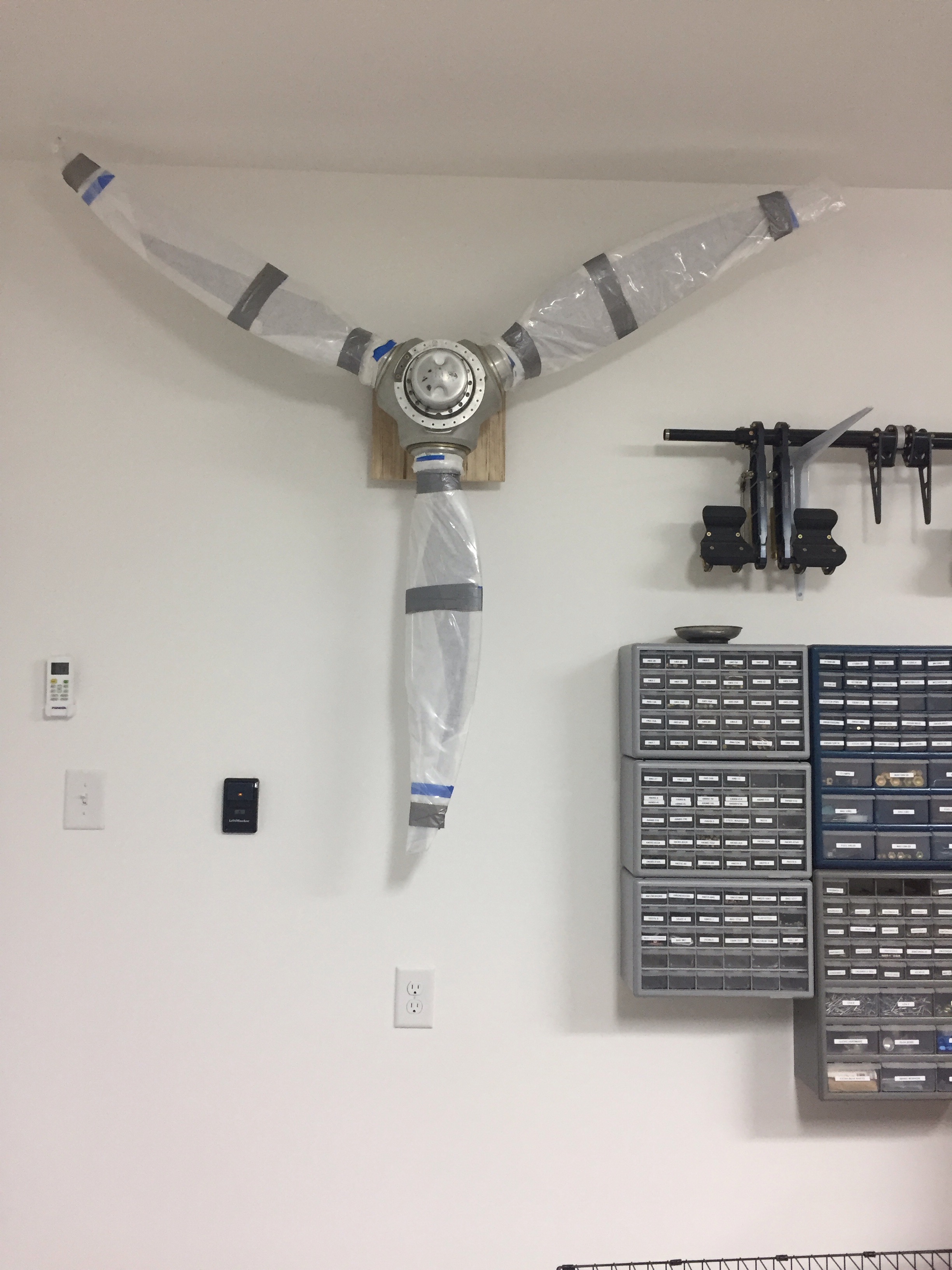
I have to say it worked out even better than I thought. Out of the way and protected. Plus, it just looks cool! The prop itself is stmply stunning. Almost too pretty to actually use. It is a full gloss black on the front with silver tips that will match the paint scheme perfectly. The nickel leading edge looks great and the sitar shape is producing good numbers from others who are now flying it.
On a side note, I spoke to a gentleman who was one of the first to fly behind the three bladed prop a few weeks ago. He was great to talk with and provided a lot of great info and advice about the prop and RV-10 overall. Sadly, he lost his life when his airplane crashed after a door was lost in flight. I can guess what happened and what could have been done, but hindsight is 20/20 and the best thing anyone can do is try to learn from the tragedy. It is a sombering reminder that flying is not without its risks and drives home the importance of building a mechanically sound aircraft that is operated in a safe manner.

